I'll preface this by saying that although I am Australian, I actually love the word 'diaper' 😂 So I've written this entire guide using the word 'diaper'
As more and more parents become environmentally conscious, the use of cloth diapers is on the rise. Not only are cloth diapers an eco-friendly alternative to disposable diapers, but they can also save families hundreds of dollars in the long run. However, the idea of cloth diapering can be overwhelming for first-time parents, which is why we have created this comprehensive guide to help you get started.
Why Choose Cloth Diapers?
There are several reasons why cloth diapers are a great choice for families. First and foremost, they are better for the environment. Disposable diapers take hundreds of years to decompose and generate a significant amount of waste. In contrast, cloth diapers can be reused for multiple children and are much more environmentally friendly.
In addition to being environmentally conscious, cloth diapers are also more cost-effective. On average, a family will spend about $2,000 on disposable diapers for one child, but only about $800 on cloth diapers for multiple children. This means that cloth diapers not only reduce waste, but they also save families money.
Types of Cloth Diapers
There are several types of cloth diapers available on the market, each with its own unique benefits. The most common types of cloth diapers are:
- All-in-One (AIO)
- Prefolds
- Fitted
- Hybrid
It is important to consider your lifestyle and needs when choosing the right type of cloth diaper for your family. Some types are more convenient for on-the-go, while others are better for overnight use.
Preparing Your Cloth Diapers
Before using your cloth diapers, it is important to properly prepare them. This will ensure that they are absorbent and ready for use. The process for preparing cloth diapers varies depending on the type of diaper, but typically involves washing and drying them several times before using them for the first time.
Using Cloth Diapers
Using cloth diapers is relatively simple, but there are a few key things to keep in mind. First, make sure that the diaper fits correctly. A properly fitting diaper will help prevent leaks and keep your baby comfortable.
Next, it is important to use a diaper cover to keep the diaper in place and prevent leaks. There are several types of diaper covers available, including wool, fleece, and PUL.
Finally, when it is time to change your baby’s diaper, simply remove the soiled cloth and replace it with a clean one. You can then reuse the same cover for multiple changes, making cloth diapering a convenient and efficient process.
Cleaning and Storing Your Cloth Diapers
Cleaning and storing your cloth diapers is a crucial aspect of cloth diapering. It is important to follow the manufacturer’s instructions for washing and drying your diapers to ensure that they last as long as possible.
Additionally, it is important to store your clean cloth diapers in a dry place, away from sunlight and moisture. This will help prevent any staining or damage to the diapers.
Making the Switch to Cloth Diapers
Making the switch to cloth diapers can be a daunting task, but it is definitely worth it in the end. Not only are you helping the environment, but you are also saving money and providing a comfortable and safe option for your baby. With this comprehensive guide, you will be on your way to becoming a cloth diapering pro in no time.



![Swim Nappy Bundle [Ship Oct 5 - 10] - Mimi & Co](http://mimiandco.com.au/cdn/shop/files/swim-nappy-bundle-ship-oct-5-10-5796576.jpg?v=1761125410)

![Toilet Training Undies Pants [Jan Preorder] - Mimi & Co](http://mimiandco.com.au/cdn/shop/files/toilet-training-undies-pants-jan-preorder-6316642.jpg?v=1766216229&width=1200)
![Reusable Bamboo Mimi™ Wipes [5 Pack] - Mimi & Co](http://mimiandco.com.au/cdn/shop/files/reusable-bamboo-mimi-wipes-5-pack-7600782.jpg?v=1761445103)




![Reusable Mimi® Menstrual Underwear [Shipping 31/9] - Mimi & Co](http://mimiandco.com.au/cdn/shop/files/reusable-mimi-menstrual-underwear-shipping-319-6508918.png?v=1759809525)




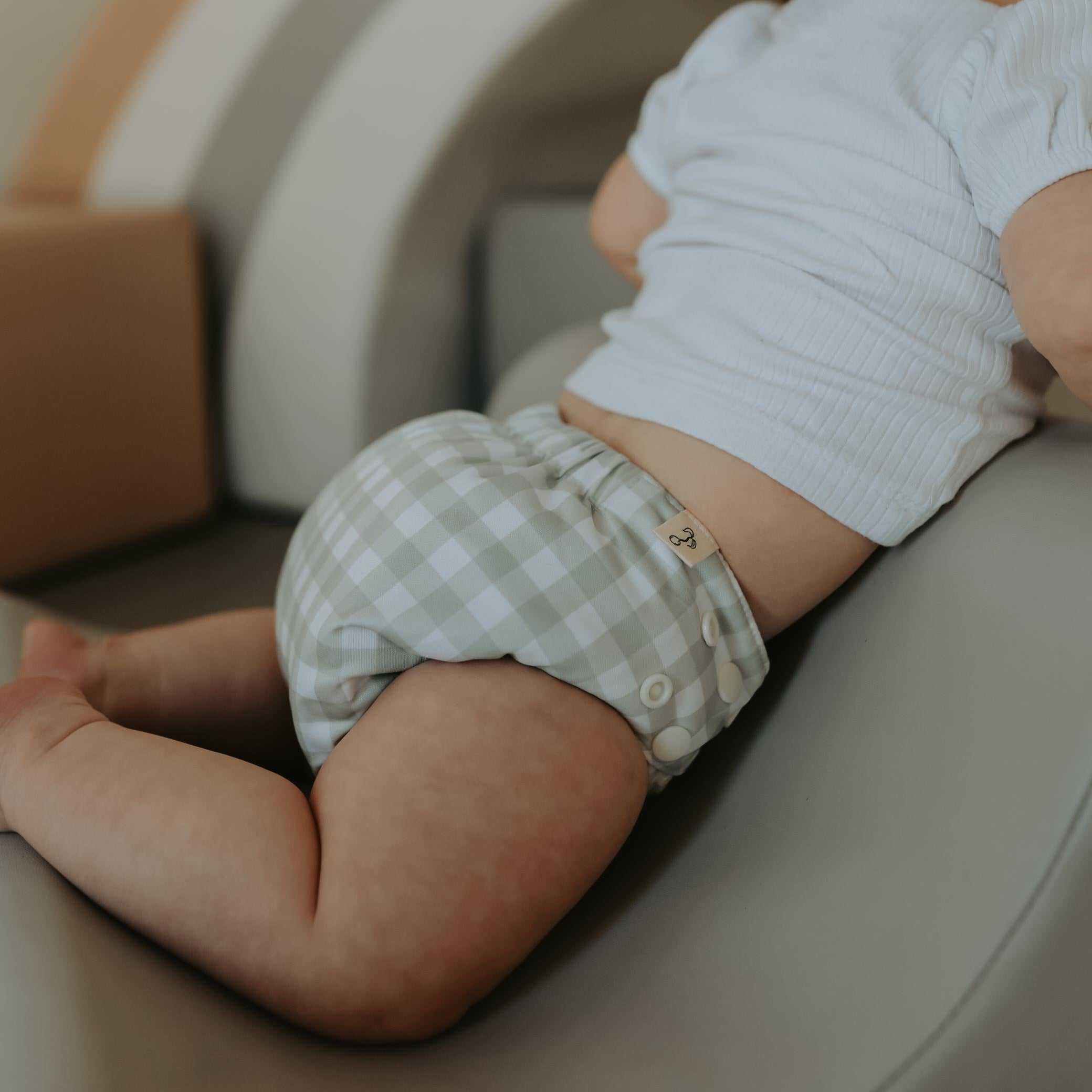


![One Size Fits Most Preflat [PreOrder] - Mimi & Co](http://mimiandco.com.au/cdn/shop/files/one-size-fits-most-preflat-preorder-761880.webp?v=1759809321&width=104)



![Toilet Training Undies Pants [Jan Preorder] - Mimi & Co](http://mimiandco.com.au/cdn/shop/files/toilet-training-undies-pants-jan-preorder-6316642.jpg?v=1766216229&width=104)

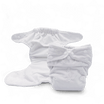








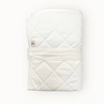


![Reusable Bamboo Wipes [5 Pack] - Mimi & Co](http://mimiandco.com.au/cdn/shop/files/reusable-bamboo-wipes-5-pack-580411.webp?v=1764820089&width=104)
![Organic Cotton Wipes [5 Pack] - Mimi & Co](http://mimiandco.com.au/cdn/shop/files/organic-cotton-wipes-5-pack-7079645.png?v=1759809401&width=104)





![Reusable Mimi® Menstrual Underwear [Shipping 31/9] - Mimi & Co](http://mimiandco.com.au/cdn/shop/files/reusable-mimi-menstrual-underwear-shipping-319-6508918.png?v=1759809525&width=104)











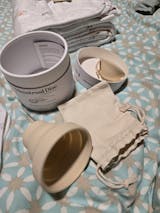

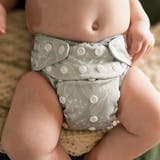







Leave a comment
All comments are moderated before being published.
This site is protected by hCaptcha and the hCaptcha Privacy Policy and Terms of Service apply.